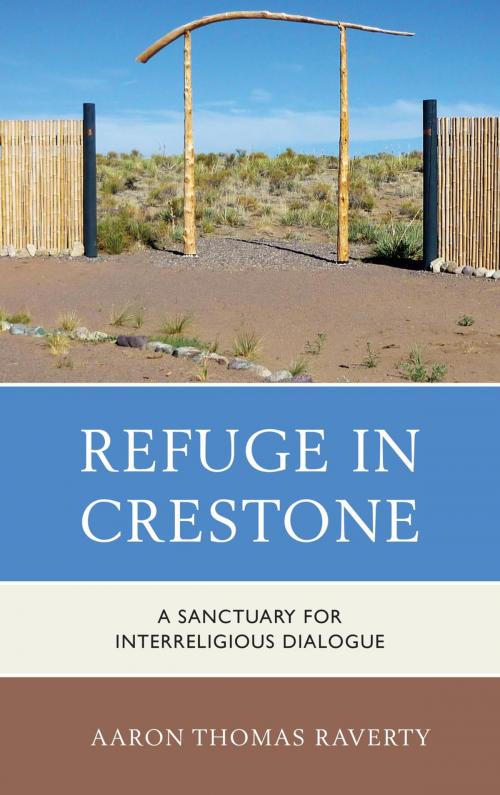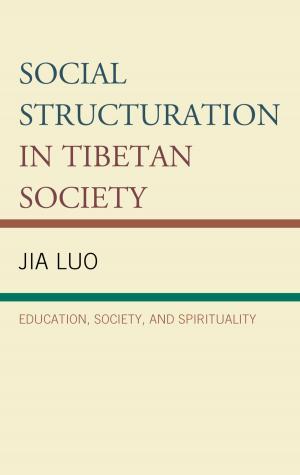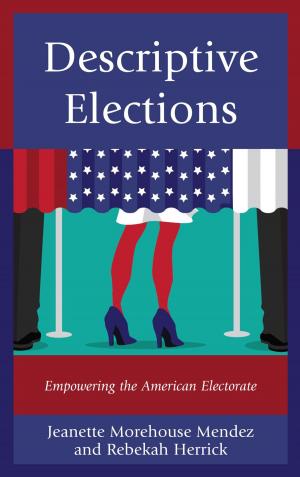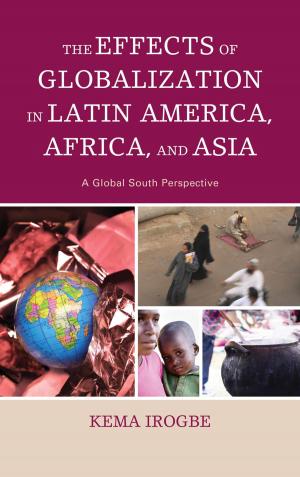Refuge in Crestone
A Sanctuary for Interreligious Dialogue
Nonfiction, Religion & Spirituality, Reference, Comparative Religion, Social & Cultural Studies, Social Science, Anthropology| Author: | Aaron Thomas Raverty | ISBN: | 9780739183762 |
| Publisher: | Lexington Books | Publication: | June 18, 2014 |
| Imprint: | Lexington Books | Language: | English |
| Author: | Aaron Thomas Raverty |
| ISBN: | 9780739183762 |
| Publisher: | Lexington Books |
| Publication: | June 18, 2014 |
| Imprint: | Lexington Books |
| Language: | English |
As globalization proceeds at an ever increasing and more unrelenting pace, relations among the world’s religions are taking on both a new visibility and a new urgency. Christian theologians and others intent on innovative formulations in the theology of religions are making interreligious dialogue with non-Christians a priority. One way to promote creative scholarship in this quest is to tap into interdisciplinary resources, and the author of this volume is uniquely qualified to do so since he holds graduate degrees in both theology and cultural anthropology. Refuge in Crestone: A Sanctuary for Interreligious Dialogue elucidates how the praxis of interreligious dialogue, as outlined in key Vatican documents in the Catholic Church, could be better served by attending to the qualitative ethnographic methods of sociocultural anthropology. Because the material, behavioral, and cognitive aspects of dialogue—as revealed in daily life, common social and political action, religious experience, and theological exchange—are embedded in culture, they are amenable to ethnographic analysis. Using the unique, multi-religious Colorado site of Crestone and its environs as a fieldwork “laboratory” and self-described “Refuge for World Truths,” the ethnographic data gleaned from this project exemplify the creative interdisciplinary contributions of anthropology to theologizing. It seeks to demonstrate, using an empirical, multi-religious community as its focus, how anthropology can support interreligious dialogue. The results of such dialogue could not only assist the scholarly community by helping theologians arrive at new formulations in the burgeoning area of the theology of religions, but might also serve the more practical goal of promoting peace—as an alternative to violence—in today’s complex and sorely troubled world.
As globalization proceeds at an ever increasing and more unrelenting pace, relations among the world’s religions are taking on both a new visibility and a new urgency. Christian theologians and others intent on innovative formulations in the theology of religions are making interreligious dialogue with non-Christians a priority. One way to promote creative scholarship in this quest is to tap into interdisciplinary resources, and the author of this volume is uniquely qualified to do so since he holds graduate degrees in both theology and cultural anthropology. Refuge in Crestone: A Sanctuary for Interreligious Dialogue elucidates how the praxis of interreligious dialogue, as outlined in key Vatican documents in the Catholic Church, could be better served by attending to the qualitative ethnographic methods of sociocultural anthropology. Because the material, behavioral, and cognitive aspects of dialogue—as revealed in daily life, common social and political action, religious experience, and theological exchange—are embedded in culture, they are amenable to ethnographic analysis. Using the unique, multi-religious Colorado site of Crestone and its environs as a fieldwork “laboratory” and self-described “Refuge for World Truths,” the ethnographic data gleaned from this project exemplify the creative interdisciplinary contributions of anthropology to theologizing. It seeks to demonstrate, using an empirical, multi-religious community as its focus, how anthropology can support interreligious dialogue. The results of such dialogue could not only assist the scholarly community by helping theologians arrive at new formulations in the burgeoning area of the theology of religions, but might also serve the more practical goal of promoting peace—as an alternative to violence—in today’s complex and sorely troubled world.















